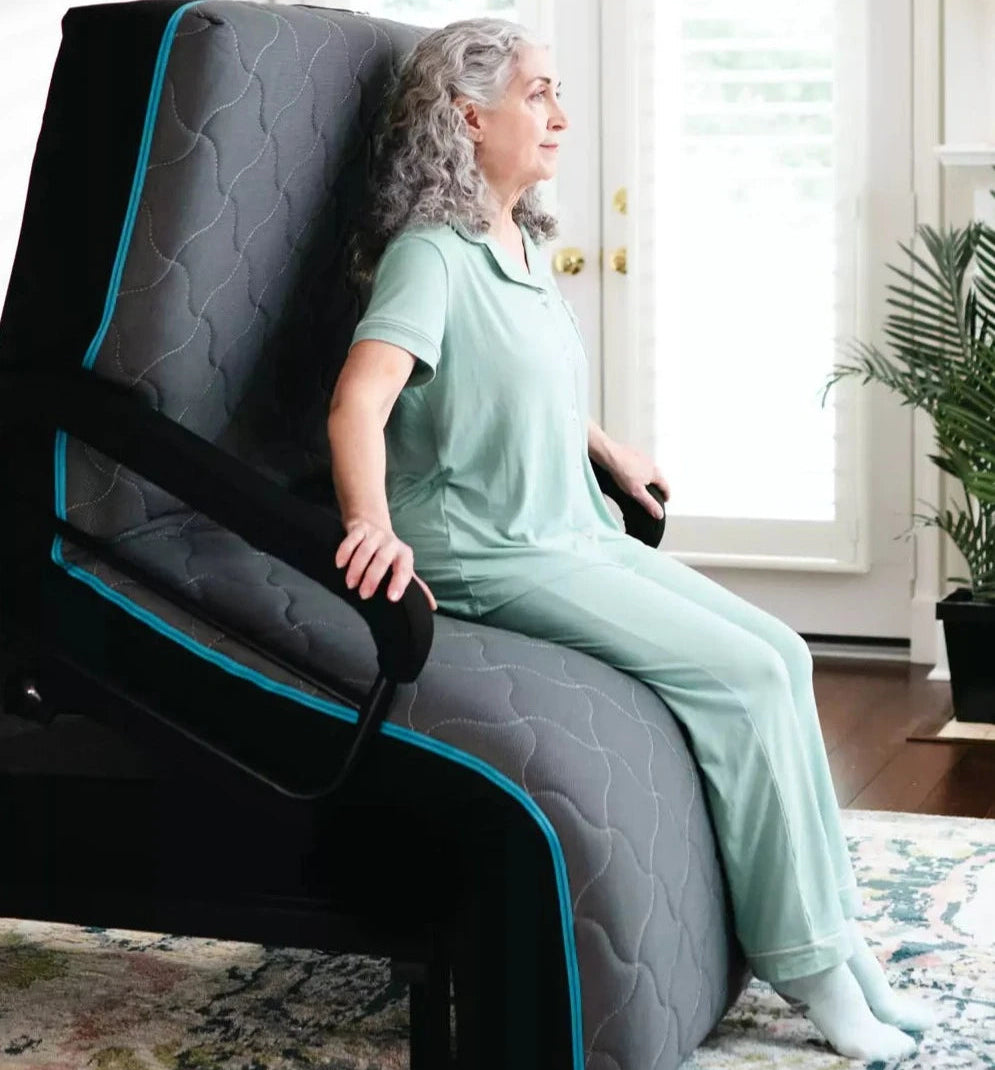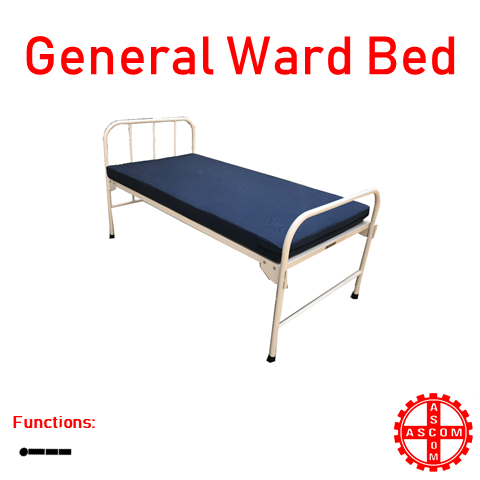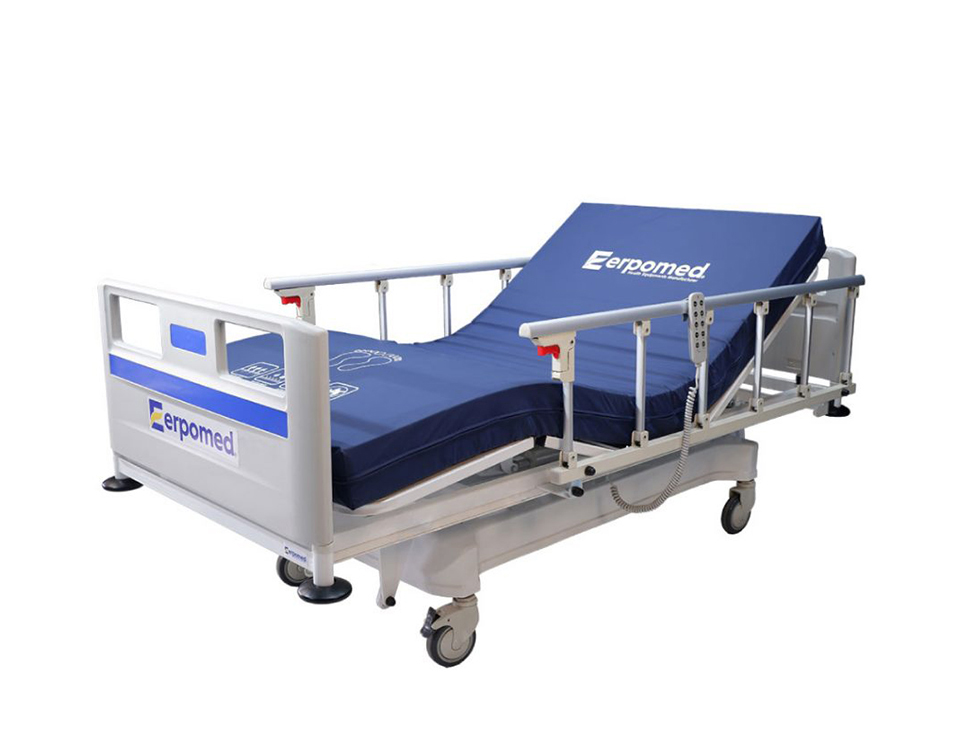Hospital Beds For Home Use for Beginners
Table of ContentsFacts About Hospital Beds For Home Use RevealedHospital Beds For Home Use Can Be Fun For AnyoneThe 45-Second Trick For Hospital Beds For Home UseAll about Hospital Beds For Home UseHospital Beds For Home Use Things To Know Before You BuyExamine This Report on Hospital Beds For Home UseFacts About Hospital Beds For Home Use Revealed
There are three primary kinds of healthcare facility beds: guidebook, semi-electric, and fully-electric. These beds use hand cranks to change the bed's elevation and raise and reduce the head and the foot.
Semi-electric beds have an electrical motor to raise and lower the head and foot parts of the bed. Clients and caregivers readjust the positioning by pushing buttons utilizing a hand pendant. The elevation of the bed is adjusted manually with a hand crank. Full-electric beds have an electrical motor that can raise the head and foot areas of the bed along with the whole elevation and positioning of the bed.
Some Known Details About Hospital Beds For Home Use
There are several kinds of hospital beds, each developed to meet specific individual needs. Here are some usual types: This is the most usual type of hospital bed, designed for basic clinical use.
Reduced to the ground than a common bed. This type of bed is made for larger clients, with a broader frame and greater weight ability than a common bed.
This type of bed is designed for seriously ill people who call for open monitoring and specialized clinical devices such as ventilators and mixture pumps. This type of bed is made for usage during labor and distribution, with adjustable placements and features to support the mother and infant throughout the birth procedure.
Little Known Questions About Hospital Beds For Home Use.
Multiple feature and the devices perform expanding traction to various parts of the vertebra and the extremities without relocating the body. These are just a few instances of the kinds of hospital beds available. The particular kind of bed made use of will depend upon the patient's problem, clinical needs, and other factors.
Here is things you require to understand. A one-function medical facility bed is a clinical bed that permits a patient to move just the head or foot area up or down. A 2 feature health center bed typically describes a kind of clinical bed that has 2 flexible features to assist clients in health centers or treatment facilities.

Hospital Beds For Home Use Things To Know Before You Buy
A 7-function ICU bed is a kind of clinical bed that offers numerous adjustable functions to sustain seriously ill patients in a critical care unit (ICU) (hospital beds for home use). The 7 features commonly consist of: Back-rest modification: The back-rest can be adjusted to different angles to aid the client stay up or relax conveniently
Elevation adjustment: The bed can be raised or lowered to make it much easier for patients to get in and out of bed, and for caregivers to offer treatment. Trendelenburg position: The entire bed can be tilted to advertise blood flow and blood circulation in the body. Reverse Trendelenburg position: The bed can also be slanted in the contrary instructions to promote blood flow and blood circulation in the upper body.
While even more cost effective than electrical versions, these beds call for exertion for modifications. The primary advantages of hands-on beds are their affordability and dependability, as they don't depend on electrical energy. The requirement for hands-on effort can be a constraint in scenarios where fast changes are essential or where caretakers deal with physical obstacles.
The Facts About Hospital Beds For Home Use Uncovered
They are appropriate for patients that require marginal you could try these out repositioning for convenience or medical requirements. Semi-electric medical facility beds offer an equilibrium of manual and electrical controls. The head and foot sections are normally adjusted with electrical controls, while the height is changed manually. These beds give a suitable middle ground in between manual and totally electric choices, offering simplicity of use without the full price of electric models.
Semi-electric beds are appropriate for people who need moderate modifications to the head and foot areas but can handle without constant height modifications. This makes them a cost-effective service for those seeking comfort and comfort without the demand for consistent repositioning. Completely electrical health center beds feature electric controls for seamless modifications to the height, head, and foot sections.
Specialty healthcare facility beds, such as ICU beds, lasting treatment beds, and bariatric beds, are meticulously designed to deal with particular clinical requirements. These beds supply customized treatment for varied individual groups, improving both outcomes and comfort. In the complying with sections, we will discover the main sorts of specialty medical facility beds, outlining their certain advantages and applications.
With years of experience in making electrical straight actuators - hospital beds for home use and close cooperation with the health care sector, TiMOTION is well-positioned to give reputable health care services. Our vertically integrated company manages every step of the production procedure, from layout to actuator setting up, ensuring we deliver exceptional worth and customized services customized to your certain demands
7 Simple Techniques For Hospital Beds For Home Use

To read more about integrating these technologies into your products, contact us today. More analysis:.
Data is sourced from the Medicare Price Record. Accessed January 2025. Temporary acute treatment healthcare facilities have the greatest ordinary number of beds at 187. They are the most usual sort of hospital in the united state and make up greater than 50% of united state health centers. Kid's healthcare facilities have 178 beds on average and VA health centers average 175 beds.

Everything about Hospital Beds For Home Use
A medical facility bed is a bed made specifically for medical purposes. It is not only a location for individuals to rest, yet likewise a system for clinical procedures. Unlike common home beds, health center beds typically have adjustable functions, which can promote medical staff to make various adjustments according to the needs of individuals, such as altering the elevation, inclination, and assistance angle of the back and legs of the bed.